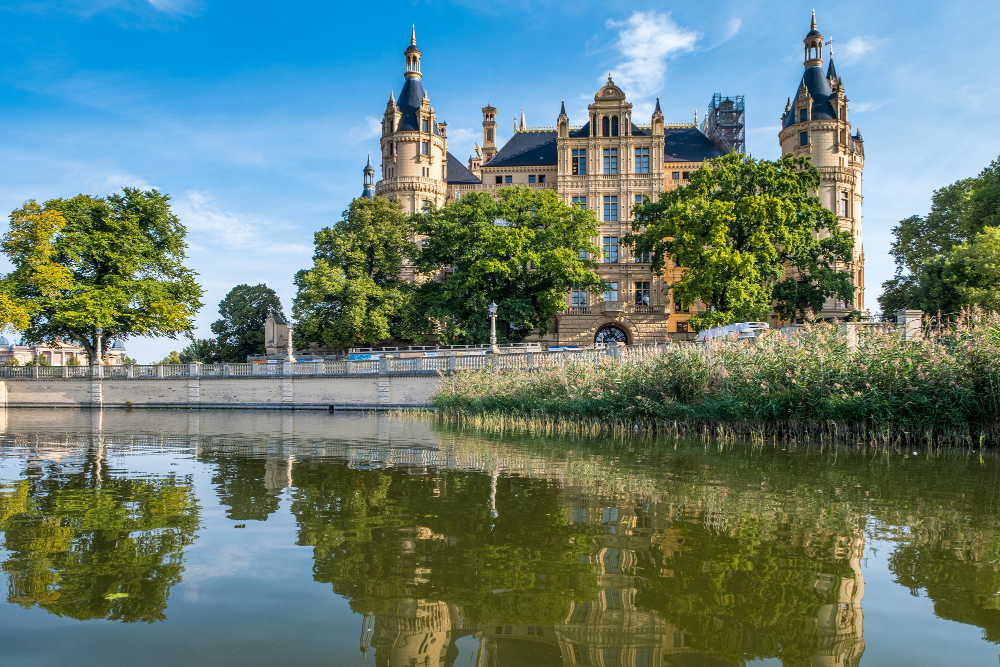Schwerin Castle in Germany awarded UNESCO World Heritage status
Schwerin city centre and castle in Mecklenburg-Vorpommern, along with the Herrnhut village in Saxony, have been granted UNESCO World Heritage status.
Schwerin Castle Receives UNESCO Heritage Status
Germany’s grand Schwerin Castle has been awarded World Heritage status by the UN Educational, Scientific, Cultural and Communication Organization (UNESCO). Known as the “Neuschwanstein of the North,” the original structure of Schwerin Castle was completed in 973, with major parts of the palace built between 1845 and 1857, surviving WWII bombings. The city of Schwerin and the castle have gained special status following a proposal submitted 10 years ago.
This site is now one of 54 UNESCO World Heritage locations in Germany, including Sanssouci Palace in Potsdam, the Gothic cathedral in Cologne, the Rhine River gorge, and the city centre of Trier.
Saxony’s Herrnhut Village Listed as UNESCO World Heritage Site
Just days earlier, the Herrnhut village in Saxony was also granted heritage status. Founded in 1722 by Nicolas Ludwig, Count von Zinzendorf, who provided land to Protestant refugees from the Margraviate of Moravia (today’s Czechia), the village initially consisted of 76 houses. Since the mid-19th century, the population has declined while the official area of Herrnhut has expanded.

